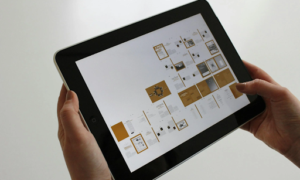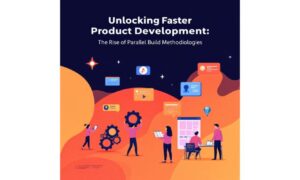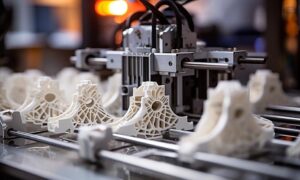Product development has evolved into a more successful process with the help of Jobs-to-be-done framework.
The jobs-to-be-done theory focuses on the jobs that the customer wants to do with any product or service. Businesses developing their products with this mindset are destined to develop successful products for their customers.
You need to ask this question to yourself: what jobs do the customers want to hire for?
For example, people used to buy radios and DVD players to “enjoy their favourite music”, but the tech leaders examined the higher purpose of listening to music, say, “free music through an app on phone”, and then it removed the need to build better radios.
This is the magic JTBD concept brings to product development, which helps innovators understand that people hire services or solutions at various times to get a wide range of jobs done. Expert knowledge of statistics helps devise better sampling and testing material for the customers, you can apply the Jobs-to-be-done concept for most of the part by reading this article.
Let’s start with how to identify the jobs customers are targeting to get done.
What Jobs Your Customers Are Trying To Get Done?
You need to identify what your customers are trying to achieve and how they are managing the available solutions to their jobs.
Studying your customers’ choice behaviour with insufficient or not-so-good solutions to their jobs is the best way to find your product development approach. Even when there are no solutions existing, customers manage different solutions to accomplish their jobs, which becomes a great source of innovation.
The purpose of hiring your product can be to solve many problems of different customers.
For example, Mcdonald’s grew its product chain for its “easy on-the-way meal” product approach, rather than just burgers and fries.
How To Categorise Those Customer’s Jobs?
There can be various causes and effects for the customer’s decision to do the job. Those jobs can have various requirements which can be categorised into two major types:
- Main jobs to be done – this is the main task the customer wants to accomplish.
- Related jobs to be done – this is the subordinate task that is accomplished relative to the main jobs.
Further, both the types of JTBD categories can be divided into:
- Functional job requirements – it includes all the objective and practical requirements of customers.
- Emotional job requirements – it includes the perception and feelings of individual customers along with the emotional and social dimensions for the solution.
After this, you need to define how your solution is satisfying the customer job categories in comparison with the competitors.
How To Define Competitors For Those Customer’s Jobs?
This step helps you understand these important questions:
- For what jobs your product is hired by the customer?
- Why did your product get fired over your competitor’s?
- How does your product serve the customer’s jobs better than your competitors?
By answering these questions you can get what products your customers are considering to satisfy their jobs. This way you can define the services your product can compete for the customer’s jobs to be done.
How To Create the Right Jobs Statement?
Creating a valuable job statement is crucial for any product development cycle.
It includes the action verb, the object on which the action is performed, and context clarification of the job to be performed.
For example, Nourishing my body by hiring vitamins, supplements, and a healthy diet.
How To Prioritise The Customer Jobs?
You may learn by this step that there are hundreds of jobs that your customers are trying to achieve in every market, Check Jobshost guide for this. But, you need to pick the ones that you can serve in the best manner.
To simplify, you can distribute the customer jobs into the following categories:
- Under-served JTBD – Core innovation area for making the solutions better.
- JTBD rightly served – For these jobs, you can focus on the related jobs to be done.
- Over-served JTBD – This zone is lucrative to remake the solution for customers who can’t afford the existing solution.
What Are The Related Outcome Expectations?
Now you need to think about what criteria the customer uses to decide which solution to hire for the job.
You can define your product development innovation zones based on the satisfaction and dissatisfaction points of the customer’s jobs to be done.
- Desired outcomes that customers and providers want to achieve.
- Undesired outcomes that customers and providers want to avoid.
It can be anything cost, quality, time, dependence on technology, delays, maintenance, durability, etc., which the customer calculates in the outcome from any product’s features.
How To Create Outcome Statements?
To guide your product development team in the right direction, your jobs-to-be-done findings and outcome statements should be consistent, and simple in language for clear communication.
For example, Increase the tyre friction parameters of my car for riding in snow areas.
Conclusion
Products evolve with the evolving customer needs, and it takes a simple and effective approach to the jobs-to-be-done concept to make that happen.
You need to remember that the customer jobs to be accomplished remain neutral to your product’s solutions. The customer jobs remain stable over time, and your product needs to keep correcting itself to increase the value of the customer’s experience with it.



































